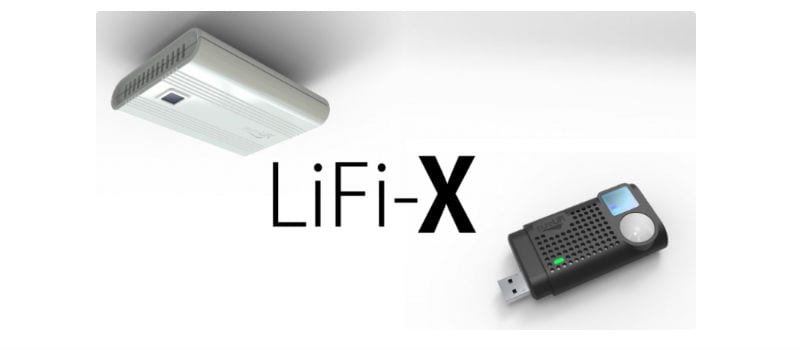Ever Heard of Li-Fi? Let’s Turn our Light Bulbs into Wireless Routers


The idea of Li-Fi or Light Fidelity was introduced in 2011 by Professor Harald Haas as using light signals to communicate data from the access point to the wireless device to achieve even higher speeds than traditional Wi-Fi and even ethernet. Haas has since improoved on this idea by presenting another Ted Talk in 2015 (featured below) and launched Pure- Li-Fi to develop the devices that will hopefully make Li-Fi a possibility in the near future.
The main reason why this technology is being developed is because it can help enterprises save money one energy while getting the benefit of wireless internet as well. In the demonstration, Haas turns on a simple LED light and directs it at a small solar panel. The meter next to the solar panel shows the amount of energy that is being processed through the panel. The Pure Li-Fi product is hooked up to both the solar panel and the laptop. Haas then streams a video over the laptop and over several minutes obstructs the light source causing the video to start and stop based on the lights interaction with the solar panel. He also uses a handkerchief to simulate fog and show that the device still works even if it is obstructed.
As more and more industries are going green, this technology could prove extremely useful on that front. The use of LED lights along with being able to use the same power source to both light an office and power the wireless internet is huge.
“What’s really important here is that a solar cell has become a receiver for high speed wireless signals encoded in light, while it maintains its primary function as an energy harvesting device. That’s why it is possible to use existing solar cells on the roof of a hut to act as a broadband receiver for a laser station on a nearby hill, or a lamppost.”
With the growth of solar panels being integrated into devices as part of the Internet of Things (IoT), the possibilities of bringing wireless internet anywhere where there is LED light produced whether it’s through a lamp or even a flashlight someday, are endless. Haas and his team hope to bring this technology to the mainstream within a few years, but there is currently a limited release available for qualified users on the company website.




















